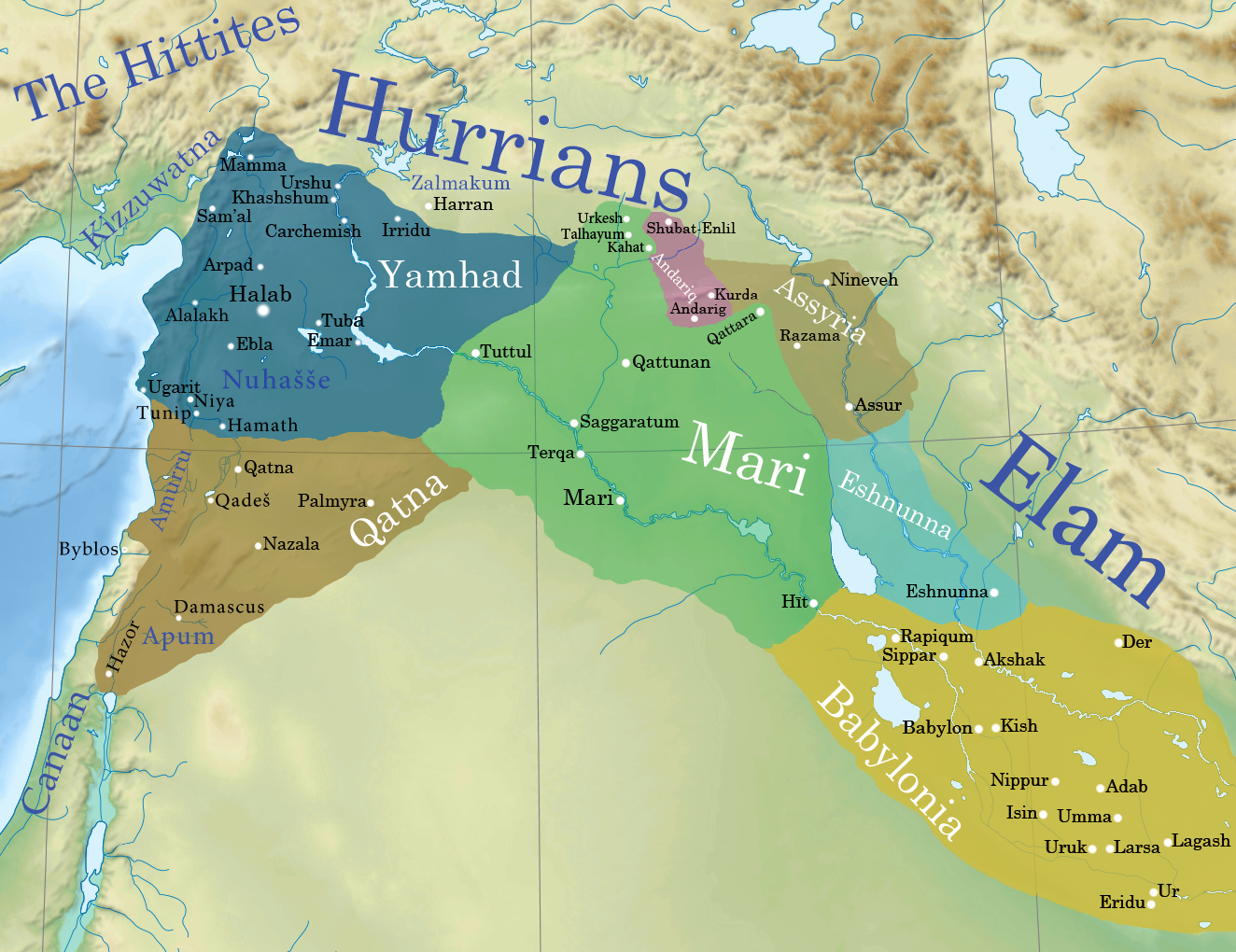|
Puzur-Sin
Puzur-Sin was an Assyrian king in the 18th century BC, during the Old Assyrian period. Reign One of the few known Assyrian rulers to be left out of the ''Assyrian King List'', Puzur-Sin was responsible for ending the rule of the dynasty of Shamshi-Adad I, whom he considered to be foreign usurpers. He overthrew Asinum. References Ancient Assyrians 18th-century BC Assyrian kings {{Assyrian-stub ... [...More Info...] [...Related Items...] OR: [Wikipedia] [Google] [Baidu] |
Old Assyrian Period
The Old Assyrian period was the second stage of Assyrian history, covering the history of the city of Assur from its rise as an independent city-state under Puzur-Ashur I 2025 BC to the foundation of a larger Assyrian territorial state after the accession of Ashur-uballit I 1363 BC, which marks the beginning of the succeeding Middle Assyrian period. The Old Assyrian period is marked by the earliest known evidence of the development of a distinct Assyrian culture, separate from that of southern Mesopotamia and was a geopolitically turbulent time when Assur several times fell under the control or suzerainty of foreign kingdoms and empires. The period is also marked with the emergence of a distinct Assyrian dialect of the Akkadian language, a native Assyrian calendar and Assur for a time becoming a prominent site for international trade. For most of the Old Assyrian period, Assur was a minor city-state with little political and military influence. In contrast to Assyrian kings o ... [...More Info...] [...Related Items...] OR: [Wikipedia] [Google] [Baidu] |
List Of Assyrian Kings
The king of Assyria (Akkadian language, Akkadian: , later ) was the ruler of the ancient Mesopotamian kingdom of Assyria, which was founded in the late 21st century BC and fell in the late 7th century BC. For much of its early history, Assyria was little more than a city-state, centered on the city Assur, but from the 14th century BC onwards, Assyria rose under a series of warrior kings to become one of the major political powers of the Ancient Near East, and in its last few centuries it dominated the region as the largest empire the world had seen thus far. Ancient Assyrian history is typically divided into the Old Assyrian Empire, Old, Middle Assyrian Empire, Middle and Neo-Assyrian Empire, Neo-Assyrian periods, all marked by ages of ascendancy and decline. The ancient Assyrians did not believe that their king was divine himself, but saw their ruler as the vicar of their principal deity, Ashur (god), Ashur, and as his chief representative on Earth. In their worldview, Assyria rep ... [...More Info...] [...Related Items...] OR: [Wikipedia] [Google] [Baidu] |
Asinum
Asinum was possibly a king of Assyria during the 18th century BC, and a grandson of Shamshi-Adad I. He was overthrown by Puzur-Sin because he was of Amorite The Amorites () were an ancient Northwest Semitic-speaking Bronze Age people from the Levant. Initially appearing in Sumerian records c. 2500 BC, they expanded and ruled most of the Levant, Mesopotamia and parts of Egypt from the 21st century BC ... extraction; not included in the standard King List, but attested in Puzur-Sin's inscription. Asinum was deposed in a revolt that aimed to restore the traditions of Old Assyrian period. In the inscription left by Puzur-Sin, the Amorite kings beginning with Shamsi-Adad were described as "foreign plague not of the flesh of the city of Assur" while the latter was accused of constructing a palace for himself (possibly a reference to the so-called Old Palace built next to the ziggurat) and destroying old Assur shrines. After Asinum's rule, anarchy ensued in Assyria after a series of ... [...More Info...] [...Related Items...] OR: [Wikipedia] [Google] [Baidu] |
Shamshi-Adad I
Shamshi-Adad (; Amorite: ''Shamshi-Addu''), ruled 1813–1776 BC, was an Amorite warlord and conqueror who had conquered lands across much of Syria, Anatolia, and Upper Mesopotamia.Some of the Mari letters addressed to Shamsi-Adad by his son can be found in the Mari Letters section of His capital was originally at Ekallatum and later moved to Šubat-Enlil. Rise Shamshi-Adad I inherited the throne in Ekallatum from Ila-kabkabu (fl. c. 1836 BC – c. 1833 BC). Ila-kabkabu is mentioned as the father of Shamshi-Adad I in the "Assyrian King List" (AKL); a similar name (not necessarily the same figure) is listed in the preceding section of the AKL among the “kings whose fathers are known”. However, Shamshi-Adad I did not inherit the Assyrian throne from his father but was instead a conqueror. Ila-kabkabu had been an Amorite king not of Assur (Aššur) (in Assyria) but of Ekallatum. According to the '' Mari Eponyms Chronicle'', Ila-kabkabu seized Shuprum (c. 1790 BC), then ... [...More Info...] [...Related Items...] OR: [Wikipedia] [Google] [Baidu] |
Ancient Assyrians
Assyria ( Neo-Assyrian cuneiform: , ''māt Aššur'') was a major ancient Mesopotamian civilization that existed as a city-state from the 21st century BC to the 14th century BC and eventually expanded into an empire from the 14th century BC to the 7th century BC. Spanning from the early Bronze Age to the late Iron Age, modern historians typically divide ancient Assyrian history into the Early Assyrian ( 2600–2025 BC), Old Assyrian ( 2025–1364 BC), Middle Assyrian ( 1363–912 BC), Neo-Assyrian (911–609 BC), and post-imperial (609 BC– AD 240) periods, based on political events and gradual changes in language. Assur, the first Assyrian capital, was founded 2600 BC, but there is no evidence that the city was independent until the collapse of the Third Dynasty of Ur, in the 21st century BC, when a line of independent kings starting with Puzur-Ashur I began ruling the city. Centered in the Assyrian heartland in northern Mesopotamia, Assyrian power fluctuated over ... [...More Info...] [...Related Items...] OR: [Wikipedia] [Google] [Baidu] |


